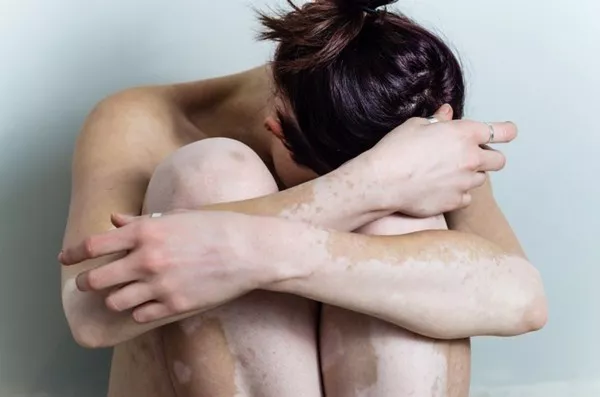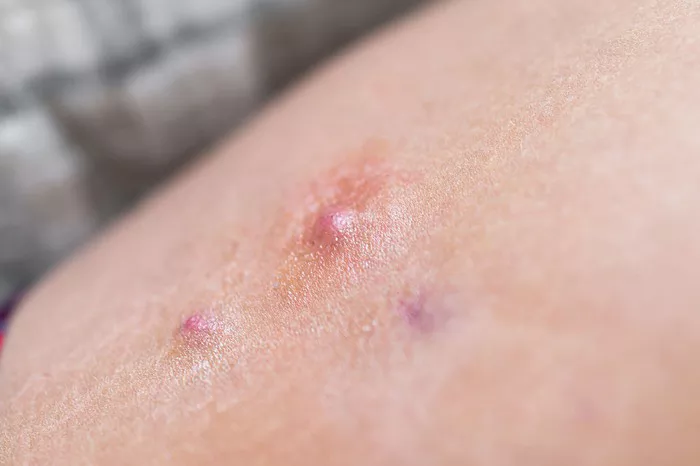Vitiligo, a condition characterized by the loss of skin pigment, has long been a subject of medical inquiry. While primarily known for its impact on skin appearance, recent research has uncovered potential connections between vitiligo and other health issues, including hearing loss. Though vitiligo itself doesn’t directly cause hearing impairment, there’s growing evidence suggesting a link, primarily attributed to shared autoimmune mechanisms.
Addressing the Connection: Clarifying the Relationship
At first glance, the association between vitiligo and hearing loss might seem perplexing. After all, one affects the skin while the other targets auditory function. However, delving deeper reveals a common thread: autoimmunity. Both vitiligo and certain types of hearing loss, particularly autoimmune inner ear disease (AIED), are classified as autoimmune conditions. In autoimmune disorders, the immune system mistakenly attacks healthy cells, leading to inflammation and tissue damage.
Shared risk factors further underscore the potential link between vitiligo and hearing loss. Genetic predisposition plays a crucial role in both conditions, with certain gene variants increasing susceptibility to autoimmune responses. Additionally, individuals with vitiligo may be more prone to developing other autoimmune diseases, amplifying the risk of autoimmune-related hearing impairment.
Explaining the Mechanisms
Autoimmune inner ear disease stands out as a key mechanism driving hearing loss in individuals with vitiligo. In AIED, the immune system targets structures within the inner ear, triggering inflammation and subsequent damage. This assault on the delicate auditory system impairs sound transmission and reception, resulting in varying degrees of hearing loss.
While AIED is a primary concern, other factors can contribute to hearing impairment in individuals with vitiligo. Age-related hearing loss, stemming from natural degenerative changes in the auditory system, may occur independently of autoimmune processes. Additionally, noise exposure, whether occupational or recreational, can exacerbate hearing issues in susceptible individuals.
Prevalence and Risk Factors
Despite the potential association, hearing loss in people with vitiligo remains relatively uncommon. The rarity of this phenomenon underscores the need for further research to elucidate underlying mechanisms and identify at-risk populations. However, certain risk factors may heighten the likelihood of experiencing hearing impairment alongside vitiligo. Individuals with a family history of hearing loss or those afflicted by other autoimmune conditions face elevated risks, necessitating proactive monitoring and intervention.
Providing Actionable Information
Early detection emerges as a critical strategy in managing hearing health for individuals with vitiligo. Vigilance regarding changes in auditory function, such as difficulty hearing conversations or ringing in the ears, prompts timely medical evaluation and intervention. Audiological assessments, including comprehensive hearing tests, facilitate early identification of hearing loss, enabling prompt treatment and mitigating potential complications.
Treatment options for autoimmune inner ear disease encompass a range of approaches aimed at suppressing the immune response and preserving auditory function. Corticosteroids, administered orally or via intratympanic injection, serve as frontline interventions to quell inflammation and alleviate symptoms. In cases refractory to conventional therapies, immunosuppressive agents may be prescribed to modulate immune activity and prevent further damage to the inner ear structures.
Beyond specific management strategies, fostering general awareness of hearing health proves invaluable. Regular hearing screenings, particularly for individuals with vitiligo and other autoimmune disorders, promote early detection of auditory abnormalities and facilitate timely intervention. Moreover, advocating for noise mitigation practices and employing hearing protection in noisy environments safeguard against potential hearing damage, preserving auditory function in the long term.
Conclusion
In conclusion, while vitiligo may not directly induce hearing loss, its association with autoimmune mechanisms warrants attention. By elucidating the underlying links and addressing shared risk factors, healthcare providers can enhance screening efforts and optimize management strategies for individuals with vitiligo at risk of hearing impairment. Through early detection, proactive intervention, and a comprehensive approach to hearing health, we strive to mitigate the impact of hearing loss and improve overall quality of life for individuals living with vitiligo.
Related Topics:
Can Plastic Surgery Cure Vitiligo?

























